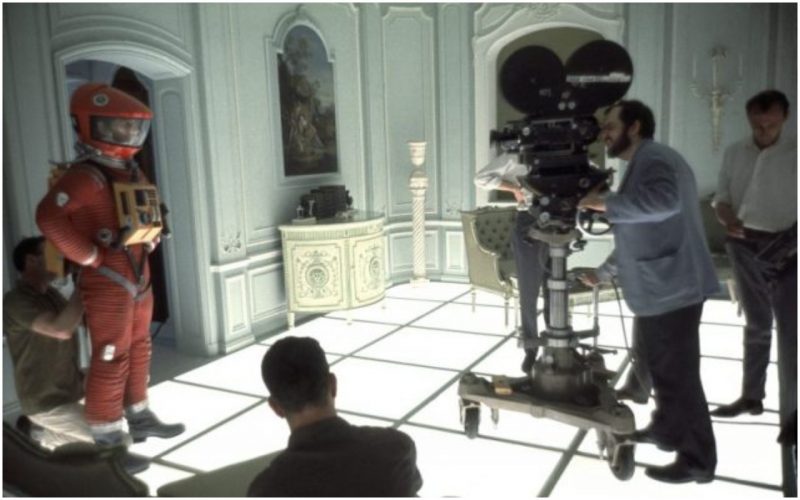Stanley Kubrick, director of 2001: A Space Odyssey, Dr. Strangelove, Clockwork Orange, The Shining, and Lolita, wrote a screenplay in the mid-1950s that for reasons no one is sure of went into a drawer and disappeared. Now it has come out again, and it’s finished and polished, in perfect shape to be filmed.
The 100-plus-page script, titled “Burning Secret,” was based on a 1913 novella written by the Austrian Stefan Zweig, who was very popular in the 1920s and authored, among many novels and plays, Letter From an Unknown Woman, made into a film.
Burning Secret was recently found and brought forward by Nathan Abrams, professor of film at Bangor University and an expert on Kubrick, who said in an interview with The Guardian, “I couldn’t believe it. It’s so exciting. It was believed to have been lost.”
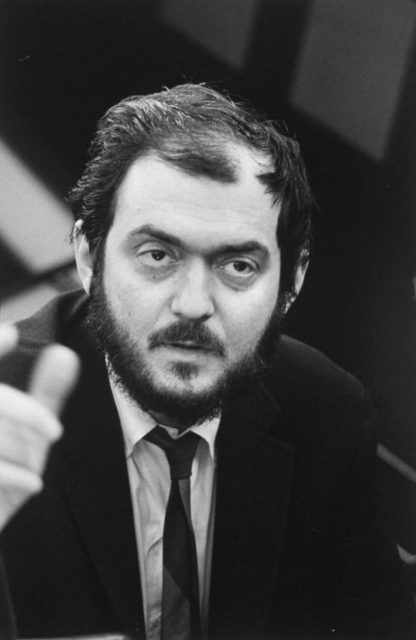
He added: “Kubrick aficionados know he wanted to do it, [but] no one ever thought it was completed. We now have a copy and this proves that he had done a full screenplay.”
Kubrick’s screenplay, co-written with novelist Calder Willingham in 1956, follows a predatory man who pretends to befriend a young boy at a spa resort in order to seduce his married mother. This has raised comparisons to Lolita, in which the main character becomes close to a widow in order to seduce her young daughter.
“The son of a Kubrick collaborator, who wishes to remain anonymous at this time, has shown me a copy,” Professor Abrams told the BBC. “It seemingly checks out. It’s most likely that said collaborator was going to work on the film had it been green-lit.”
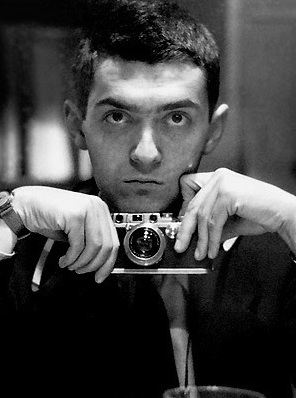
The script was written about the time of the release of Kubrick’s early film The Killing, starring Sterling Hayden, who later said the director was “cold and detached. Very mechanical, always confident.”
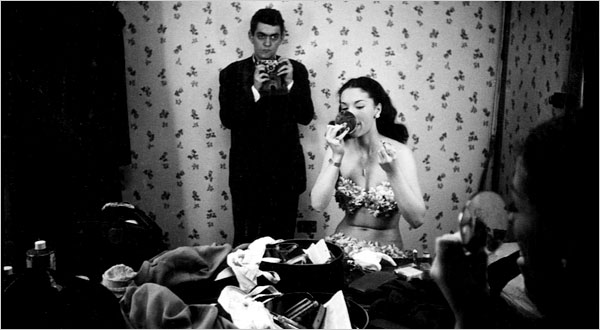
The speculation is that the script did not go forward in the mid-1950s because the subject matter was too risque. “The child acts as an unwitting go-between for his mother and her would-be lover, making for a disturbing story with sexuality and child abuse churning beneath its surface,” said Professor Abrams.
Kubrick himself directed Lolita in 1962, following his success with Paths of Glory and Spartacus.
Professor Abrams told the BBC, “I would argue that what we can see draws a direct link between this film, between Lolita, Barry Lyndon, The Shining and culminating in Eyes Wide Shut.”
Great Hollywood legends quotes
“Elements of this film, although it didn’t get made, have fed into his other films,” he said. “We can trace his thought over 40 years.”
The last film Kubrick directed was Eyes Wide Shut, starring Tom Cruise and Nicole Kidman, which, like Burning Secret, was based on a novella written by a Viennese author.
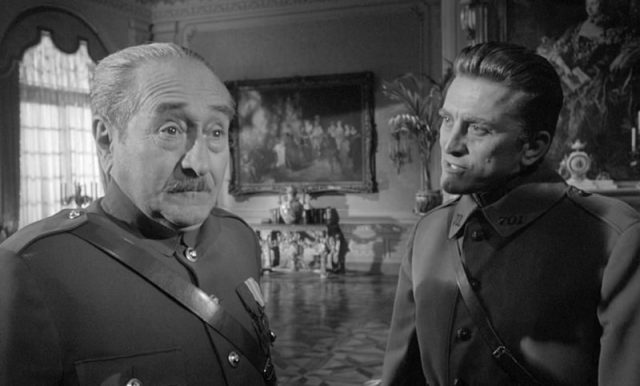
In the case of Eyes Wide Shut, it was Arthur Schnitzler’s 1926 novella Dream Story. Kubrick changed the time and setting to modern-day New York City, with mixed results. It is clearly not New York City to anyone who knows the city–Kubrick filmed it in London because he did not ever travel to the United States, his native country.
“He never left England, never, not once,” said Sydney Pollack, Kubrick’s friend who appeared in Eyes Wide Shut. “Wouldn’t get on a boat, wouldn’t get on a plane, wouldn’t do any of that.”
Pollack said that Kubrick was excellent at chess. “He had a chess player’s mind…That’s why it was so maddening to work with him as an actor, because it was not at all uncommon to do a hundred takes. You would wonder, ‘Why in God’s name is he doing this? How can he find something different after take 60 or 65?’ The actors found it torturous but you know it produced something different in human behavior that just doesn’t get produced otherwise.”
Nancy Bilyeau, a former staff editor at Entertainment Weekly, Rolling Stone, and InStyle, has written a trilogy of historical thrillers for Touchstone Books. For more information, go to www.nancybilyeau.com.
